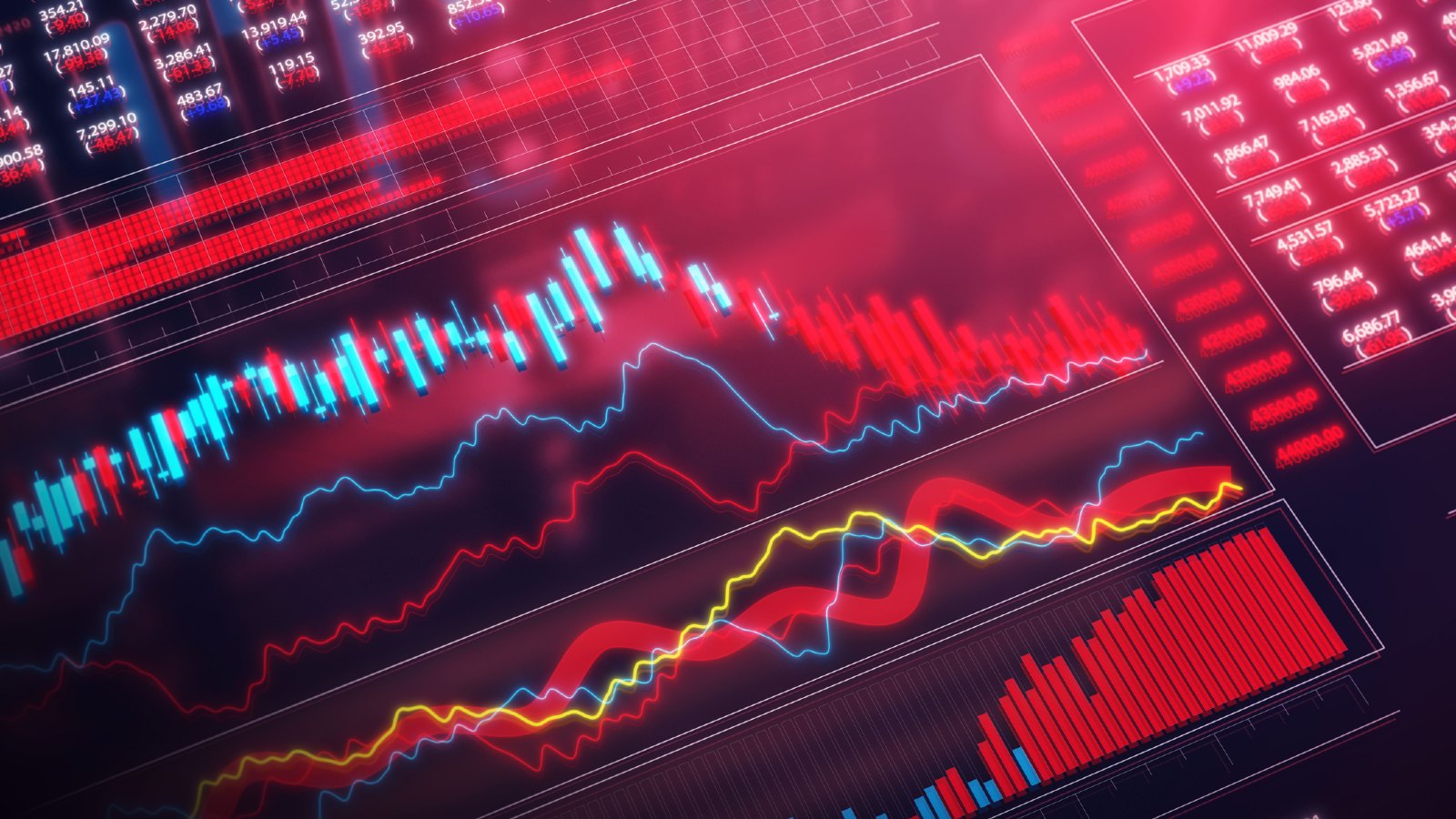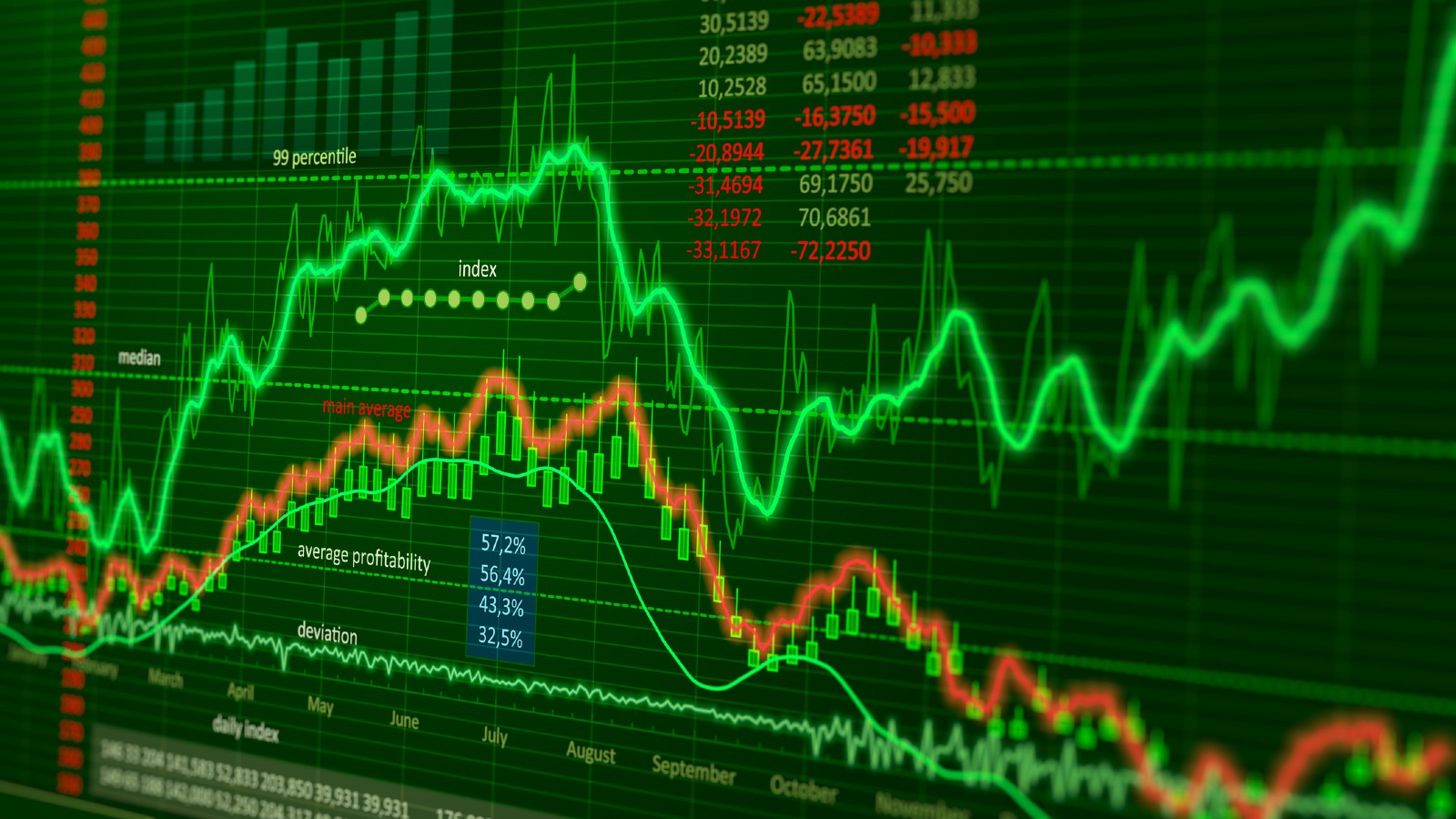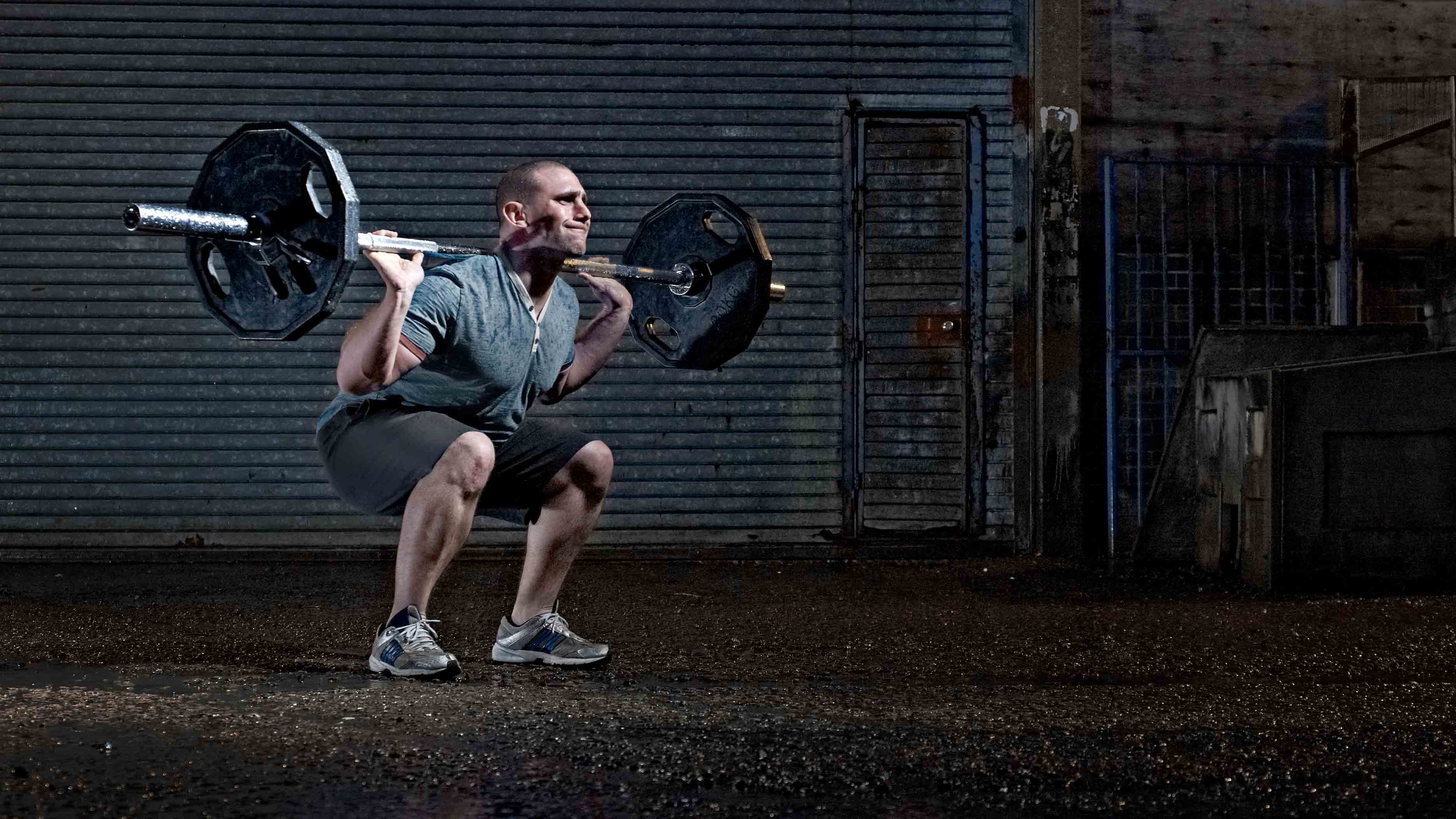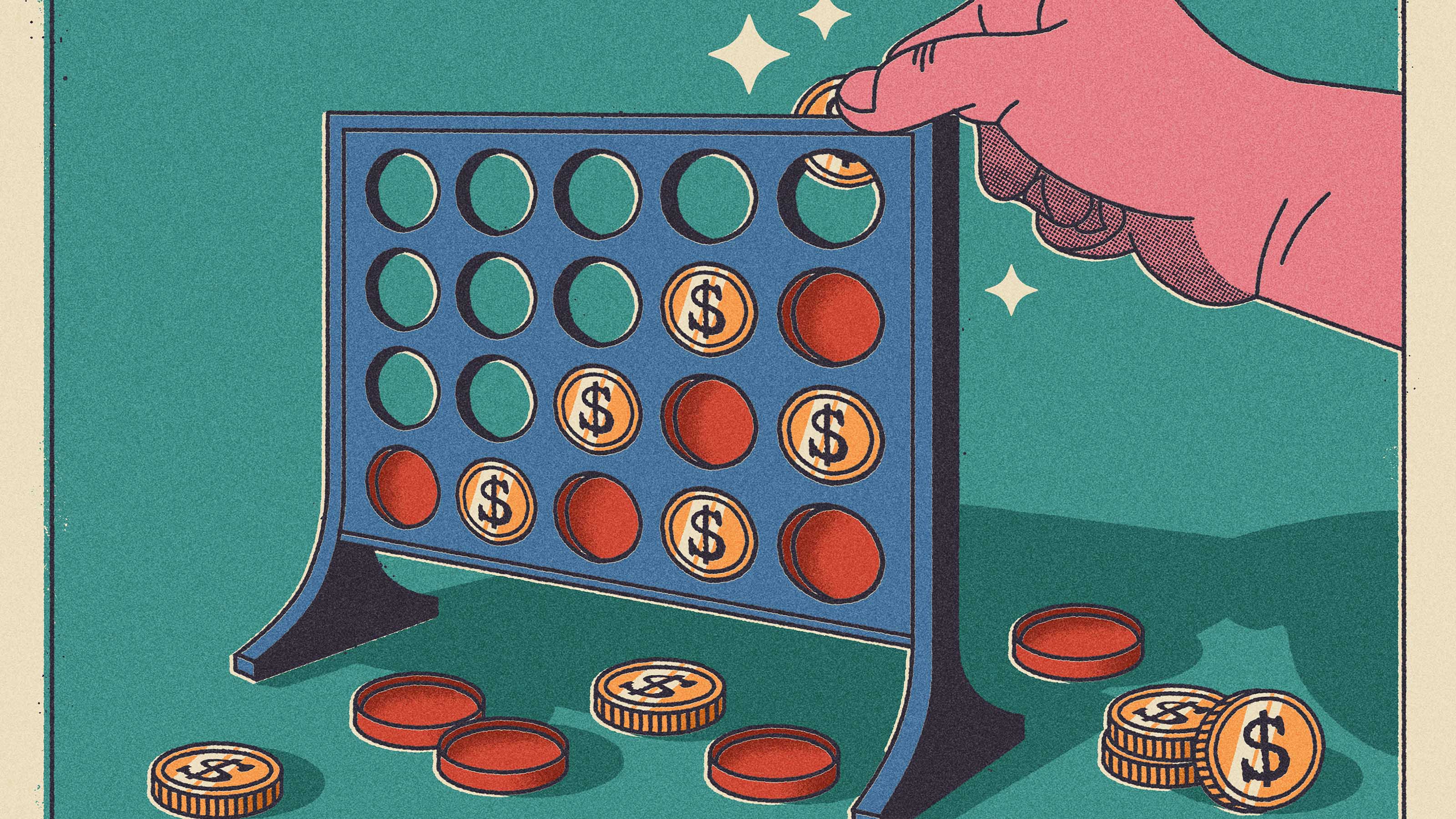Why I'm Hanging On to a Loser
Gilead is way down from when I bought it, but it is flush with cash and has dozens of promising medications in its pipeline.

I used to lament my nose. I wouldn’t say it’s big, though some might disagree. Let’s just say it’s not “delicate.” This bothered me most when I was in high school and I (and everyone I knew) was intensely insecure. Fortunately, I lacked the resources to do anything about my nose at the time.
Years later, when I could afford the plastic surgery necessary to create the tiny ski-slope schnoz I’d once considered ideal, I had a change of heart. My ample nose somehow seemed to suit my face. Although imperfect, it is part of what makes me unique, and it has become a part of my personal style.
My investing style has similar imperfections—quirks that I’m aware of but have learned to live with and even appreciate. Among the most prominent of these is my reluctance to sell. Over the six years I’ve managed the Practical Investing portfolio, I’ve let go of just eight holdings. Most of those sales were torturous for me, involving at least six of the seven stages of grief.

Sign up for Kiplinger’s Free E-Newsletters
Profit and prosper with the best of expert advice on investing, taxes, retirement, personal finance and more - straight to your e-mail.
Profit and prosper with the best of expert advice - straight to your e-mail.
Shock and denial: No! Acacia Research can’t be a dog. It was a fast-grower; things will turn around. No? Still no? Pain and guilt: Those losses are pulling down my entire portfolio. Why was I stupid enough to buy this train wreck? Anger: Who are the idiots running this company? Depression: I should sell, but what’s the use? I obviously have no stock-picking skill. Upturn: You made a mistake. Move on. Working through: Jettison that dog and reinvest the proceeds in a stock that you’ve researched like crazy. Acceptance and hope: There are a lot of good stocks out there. I only need to find one.
Struggling biotech. I mention this because several readers have suggested that I sell my stake in Gilead Sciences (symbol GILD), which I bought in January 2016 for $90.81 a share. Since then, sales and earnings have slipped—largely because of decreased demand for the company’s hepatitis C drugs—and the shares now sell for $76 (prices are as of July 31). Gilead’s second-quarter results were better than anticipated, but analysts expect it to be at least a year or two before revenues and profits start climbing again. Given that the company is not likely to turn the corner quickly, one reader suggested that if I wanted to own the stock for the long term, I should sell and wait the more than 30 days needed to beat the IRS’s wash-sale rule, so I could deduct the loss and repurchase the shares. This reasonable advice clearly comes from someone who finds selling less painful.
My reluctance to sell has been good for me at times. Consider my investment in Corning (GLW). The stock slumped shortly after I bought it in October 2011, as demand faded for the TV and computer screens for which Corning made glass. Year after lackluster year, I told myself that Corning would come back on the strength of its shatter-resistant Gorilla glass and its fiber optics business, which makes cables for phone and internet companies. And that’s what happened.
Falling prices for LCD displays continue to challenge Corning. But other parts of the business are lifting overall results. Gorilla glass is now used in cars and cell phones, and the firm signed a $1 billion deal to produce optical fiber for Verizon Communications’ data network. The stock has been on a tear, rising 63%, to $29, since the beginning of 2016. Had I sold Corning during the slump, I would have missed the turnaround. My position in Corning boasts a 141% gain, 28 percentage points better than the benchmark I use to measure my results.
I think Gilead has similar long-term potential. It has dozens of promising drugs in the pipeline; it is flush with $36.6 billion in cash and securities; and it is seeking to acquire other drug companies with valuable treatments. This may be denial speaking. But that’s part of my investment process and, just like my nose, I’ve learned to live with it.
Kathy Kristof is a contributing editor to Kiplinger’s Personal Finance and author of the book Investing 101. You can see her portfolio at kiplinger.com/links/practicalportfolio.
Get Kiplinger Today newsletter — free
Profit and prosper with the best of Kiplinger's advice on investing, taxes, retirement, personal finance and much more. Delivered daily. Enter your email in the box and click Sign Me Up.

-
 2026 Disney Dining Plan Returns: Free Dining for Kids & Resort Benefits
2026 Disney Dining Plan Returns: Free Dining for Kids & Resort BenefitsPlan your 2026 Walt Disney World vacation now. Learn about the returning Disney Dining Plan, how kids aged three to nine eat free, and the exclusive benefits of staying at a Disney Resort hotel.
By Carla Ayers
-
 How Can Investors Profit From AI's Energy Use?
How Can Investors Profit From AI's Energy Use?Global energy demand is expected to grow by leaps and bounds over the next several years as AI usage accelerates. Here's how to get a piece of the pie.
By Jacob Schroeder
-
 The Best Large-Cap Stocks to Buy
The Best Large-Cap Stocks to BuyLarge-cap stocks are key additions to any well-rounded portfolio. Let's take a look at how to find the best ones for you.
By Kyle Woodley
-
 Stock Market Today: Markets Mark Time Ahead of Tech Earnings, Fed
Stock Market Today: Markets Mark Time Ahead of Tech Earnings, FedStocks searched for direction ahead of mega-cap tech quarterly reports and tomorrow's rate decision.
By Dan Burrows
-
 Stock Market Today: Stocks Build on Broad-Based Gains
Stock Market Today: Stocks Build on Broad-Based GainsA heavy week of earnings and data ahead couldn't spoil the market's record-setting Monday mood.
By Dan Burrows
-
 How to Beef Up Your Portfolio Against Inflation
How to Beef Up Your Portfolio Against Inflationinvesting These sectors are better positioned to benefit from rising prices.
By Karee Venema
-
 Taxable or Tax-Deferred Account: How to Pick
Taxable or Tax-Deferred Account: How to PickInvesting for Income Use our guide to decide which assets belong in a taxable account and which go into a tax-advantaged account.
By Nellie S. Huang
-
 Smart Investing in a Bear Market
Smart Investing in a Bear Marketinvesting Here's how to make the most of today’s dicey market.
By Anne Kates Smith
-
 How to Open a Stock Market Account
How to Open a Stock Market Accountinvesting Investing can be fun, but you need a brokerage account to do it. Fortunately, it’s easy to get started.
By Rivan V. Stinson
-
 The Right Dividend Stock Fund for You
The Right Dividend Stock Fund for YouBecoming an Investor Dividend stock strategies come in many different flavors. Here's what to look for.
By Adam Shell